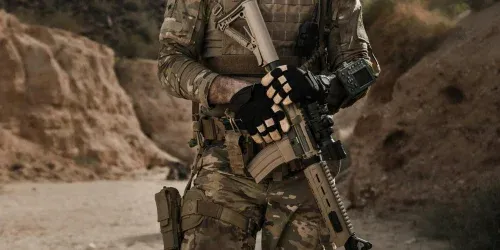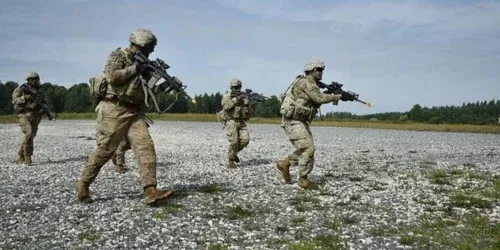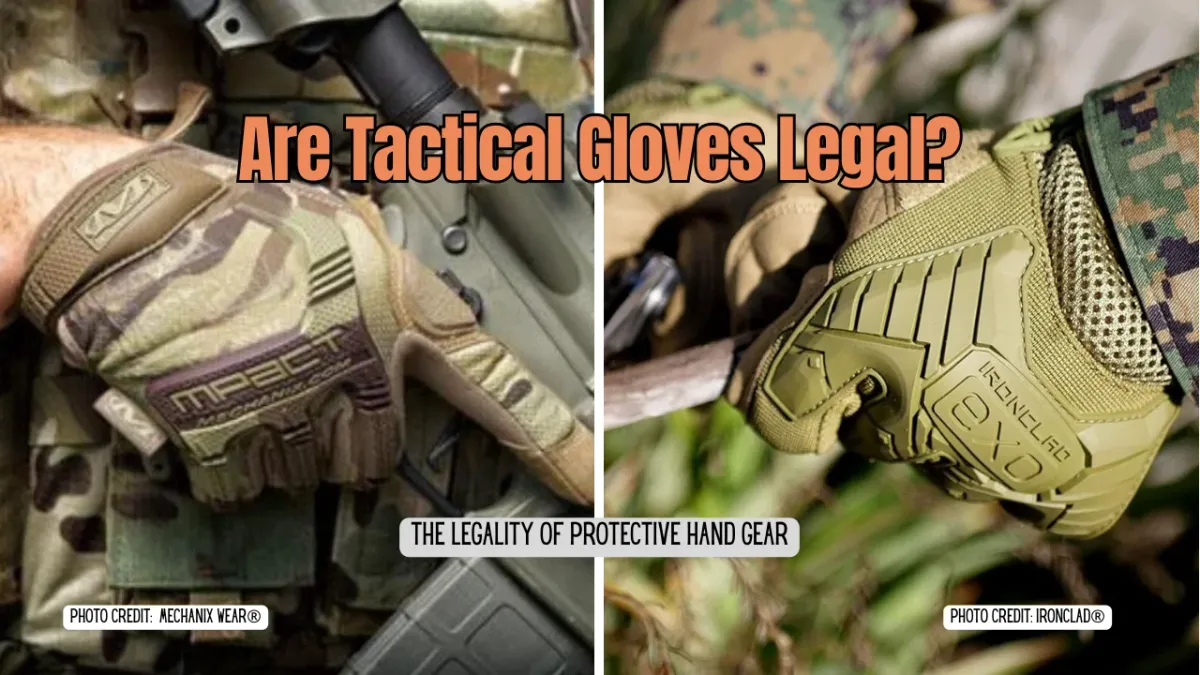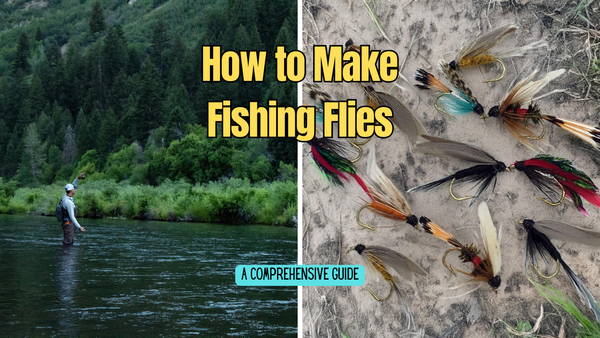Tactical gloves are an essential piece of gear for anyone who requires hand protection while performing tasks that demand a high level of dexterity and durability. From military personnel to law enforcement officers, and even outdoor enthusiasts, tactical gloves provide the necessary safeguard against physical threats while allowing the user to maintain the ability to manipulate equipment and weapons effectively.
The versatility of tactical gloves is evident in their wide range of applications. They are not just for combat situations; many people use them at the shooting range, during outdoor adventures, or even for general work that requires robust hand protection. The key is to find the perfect blend of protection, comfort, and functionality.
Key Takeaways:
- Tactical gloves are designed to offer protection and dexterity in various demanding situations.
- They come in different styles, including fingerless and full-finger versions, to suit specific needs.
- Choosing the right pair of tactical gloves involves considering factors like material, fit, and intended use.

Understanding Tactical Gloves
Tactical gloves are designed with both protection and functionality in mind. They are made from materials that can absorb moisture, reduce sweating, and keep hands dry, which is crucial in maintaining grip and control. The use of synthetic leather, for example, offers a good balance between durability and flexibility.
Another important protection feature of tactical gloves is their ability to shield hands from needlestick injuries. Needlestick gloves are a type of tactical glove that is specifically designed to prevent punctures from needles and other sharp objects, making them ideal for law enforcement and medical personnel.

The Different Styles of Tactical Gloves
When it comes to tactical gloves, there is no one-size-fits-all solution. Fingerless tactical gloves, for instance, provide better dexterity for tasks that require fine motor skills, such as shooting. On the other hand, full-finger gloves offer more comprehensive protection against the elements and injuries.
Half finger gloves, or fingerless gloves, are popular among shooters for their ability to provide a better feel of the trigger. However, for those operating in cold temperatures, full-finger combat gloves are essential to keep hands warm and responsive.
Material Matters: Leather vs. Synthetic
The debate between leather gloves and synthetic ones is ongoing. Leather offers great protection and a natural feel, but it may not always provide the best breathability. Synthetic leather, on the other hand, is often lighter and can be more functional in terms of breathability and moisture-wicking properties.
For those who prefer the traditional approach, leather gloves are still a top choice. They are known for their durability and can offer a good grip. However, for those who prioritize modern features like touchscreen compatibility, synthetic materials may be the better option.
Features for Enhanced Performance
Tactical gloves come with a variety of features designed to enhance their performance. Adjustable wrists, for example, ensure a snug fit, preventing debris from entering and offering better wrist support. Velcro closures are common for this purpose, providing a secure and quick adjustment.
Other features to look for include anatomical design, which ensures that the gloves fit the natural contours of the hands, and touchscreen device compatibility, which allows users to operate smartphones and other gear without removing their gloves.
Protection Against the Elements
Weather protection is a critical aspect of many tactical gloves. For those operating in harsh conditions, gloves that can keep hands warm and dry are indispensable. Materials that can withstand cold temperatures without becoming stiff are crucial for maintaining dexterity.
In warmer climates, breathability becomes a priority. Gloves that offer protection while allowing air to circulate can help prevent irritated hands and reduce sweating, keeping the wearer comfortable and focused on the task at hand.

Tactical Gloves in Action
Military gloves are put to the test in some of the most challenging environments. They need to provide protection from cuts, abrasions, and impact while still allowing soldiers to operate their equipment effectively. The right pair of gloves can make a significant difference in combat situations.
Law enforcement officers also rely on tactical gloves for their daily duties. Whether it's handling weapons, detaining suspects, or conducting searches, gloves that offer protection without sacrificing dexterity are crucial.
Choosing the Right Pair
Selecting the right pair of tactical gloves involves considering a few factors. The intended use, whether it's for the shooting range, general duty, or cold-weather operations, will dictate the type of gloves needed. Fit is also essential; gloves that are too tight or too loose can hinder performance.
Durability is another important consideration. A pair of tactical gloves should withstand the rigors of the intended activity without compromising on comfort or dexterity. Features like reinforced palms and fingers can contribute to the longevity of the gloves.

Summary
Tactical gloves are a versatile safety gear designed to offer protection and maintain dexterity in various demanding situations. From fingerless to full-finger versions, they cater to a wide range of needs and preferences. When choosing the right pair, it's important to consider the material, fit, intended use, and additional features that enhance performance. With the right pair of tactical gloves, you can ensure your hands are well-protected while you stay on top of your game.

FAQs
Why are tactical gloves important?
Tactical gloves are important because they provide essential protection against physical threats while allowing for dexterity and control when handling gear and equipment. They are crucial for military personnel, law enforcement, and anyone needing robust hand protection.
Can tactical gloves be used in cold weather?
Yes, many tactical gloves are designed with materials and features that offer weather protection, keeping hands warm and dry in cold temperatures while maintaining flexibility and grip.
How do I choose the right size for tactical gloves?
To choose the right size for tactical gloves, measure your hand according to the manufacturer's sizing chart and consider how the gloves will be used. They should fit snugly but not be so tight that they restrict movement or so loose that they compromise grip and control.
Is it legal for civilians to wear tactical gloves?











